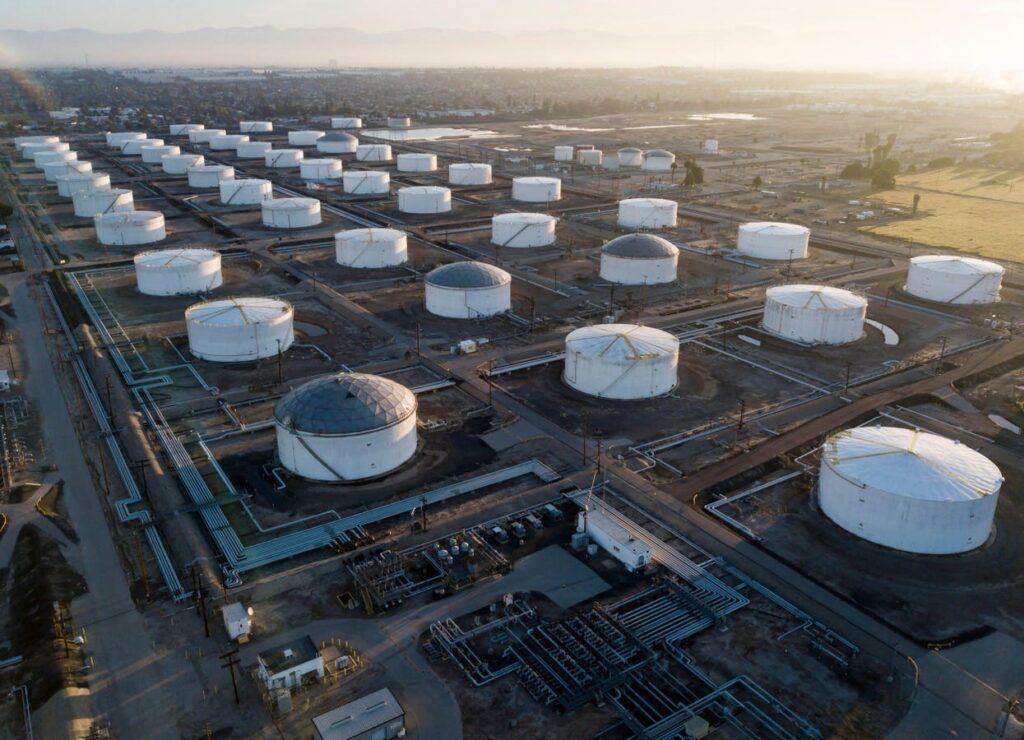Oil prices rose to three-month highs on Friday on perceptions of tighter U.S. sanctions on Russia impacting Moscow’s ability to maintain its crude exports to Asia, among other factors.
At 9:30am EST, the Brent front-month crude futures contract was up 4.49% or $3.47 to $80.67 per barrel while the West Texas Intermediate was trading at $77.74, up 4.62% or $3.44. Such intraday trading levels for both benchmarks were last seen in October 2o24.
Reasons Behind The Oil Price Jump
For starters, a temporary rollover of existing OPEC+ production curbs that was announced in December has begun to take hold, with Saudi Arabia keeping its production steady. Add to that, OPEC’s headline production actually came in 50,000 barrels per day lower due to maintenance-related outages in the UAE. This reversed two months of production increases.
Secondly, the year has begun with extremely cold weather in Northern Europe and Northeastern U.S. This has put pressure on inventories in the Northern Hemisphere due to a sharp increase in near-term demand.
Thirdly, departing U.S. President Joe Biden has unveiled the broadest range of sanctions targeting Russia’s oil. Earlier on Friday, the Biden administration announced that U.S. sanctions would target tankers carrying Russian oil, along with maritime insurance providers based in the country.
In a statement, the U.S. Treasury said it was imposing further sanctions on Russian oil and gas exploration and production firms Gazprom Neft and Surgutneftegas, networks that trade petroleum, and 183 vessels that have shipped Russian oil cargoes. Many of these are in what has been described as a shadow fleet of aging tankers operated by non-Western companies.
Sources in the shipping industry based in Mumbai and Singapore indicated that the U.S. move has sent importers in India and China — the two biggest recipients of Russian crude — scrambling for mitigating spot cargoes out of Abu Dhabi, Angola, Guyana and Oman, while they work out the full implications of the development.
There are also widely held beliefs in the trading community that the incoming U.S. administration of Donald Trump would also intensify sanctions on Iran’s oil, part of which also finds its way to Asia in general, and China in particular, via non-Western operated tanker fleets.
Lastly, coupled with all else that is afoot in the wider market are some traders’ hopes of an uptick in near-term crude demand from China as the market keenly awaits what further economic stimulus measures are taken by Beijing in the first quarter of the year.
Fundamentals Remain Weak
But for all of the uptick in oil prices on Friday, the wider market fundamentals remain weak. Consensus, including among Chinese commentators, is that China’s demand may plateau before the end of the decade.
As such, this will likely be a blow because the country accounted for 50% of global oil demand growth between 2000 and 2023, averaging an annual increase of 518,000 barrels per day, according to the Energy Institute’s 2024 Statistical Review of World Energy. This may not be repeated this year, and perhaps going forward.
Meanwhile, non-OPEC supply is expected to rise in 2025. The International Energy Agency expects non-OPEC+ producers to increase their output by about 1.5 million bpd in 2025, driven by the U.S., Canada, Guyana, Brazil and Argentina.
Downward pressure on oil prices may also resume when focus returns to a relatively stronger dollar. The Dollar Index rose last week ending at 108.92 from the previous week’s level of 108.13. It continues to lurk around its highest levels since October 2022.
A stronger dollar makes oil purchases relatively dearer for non-U.S. importers, with the greenback being preferred currency of the global commodity market. This adds further bearish baggage which is already proving hard for the world’s oil markets to shed.
Read the full article here


